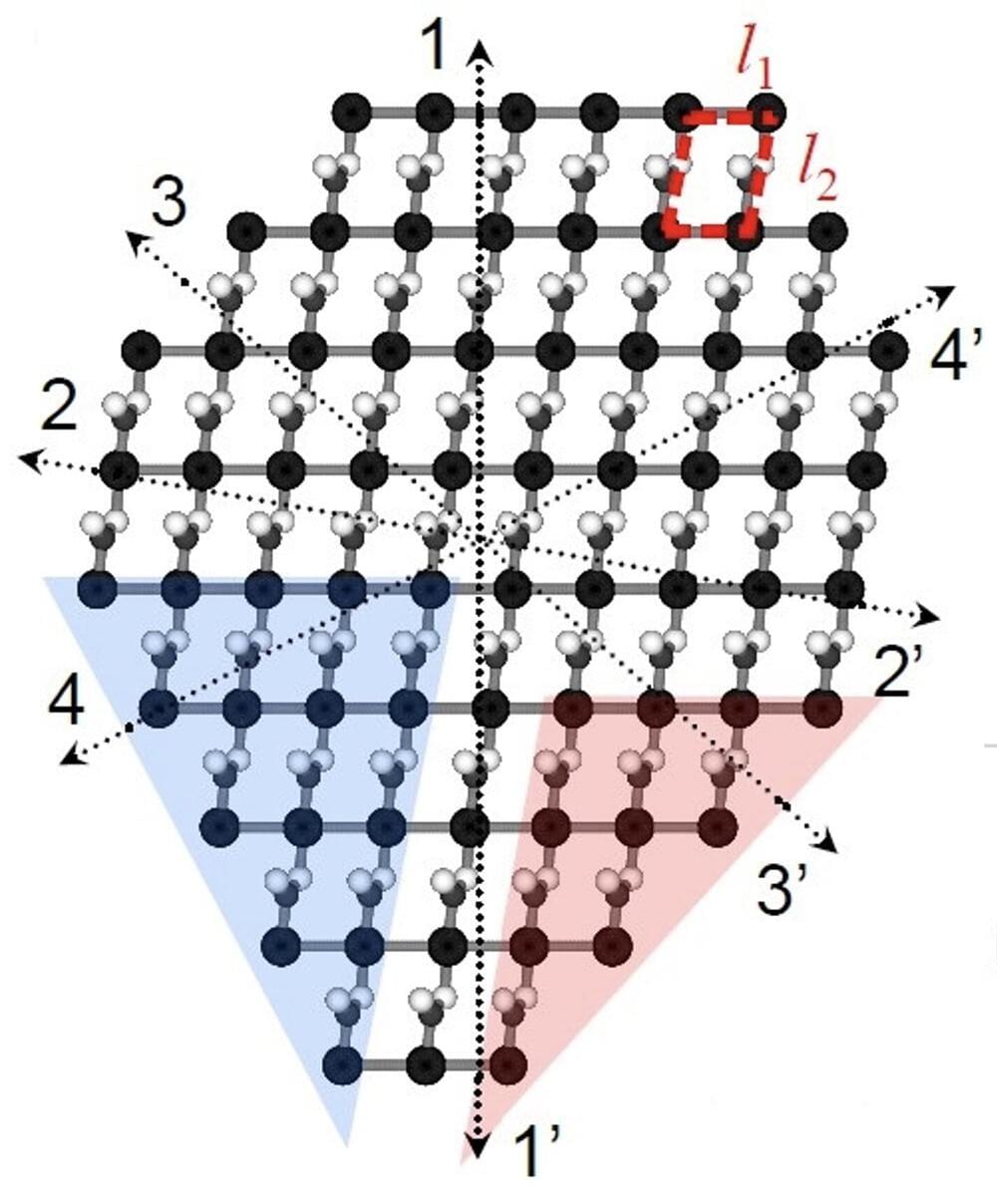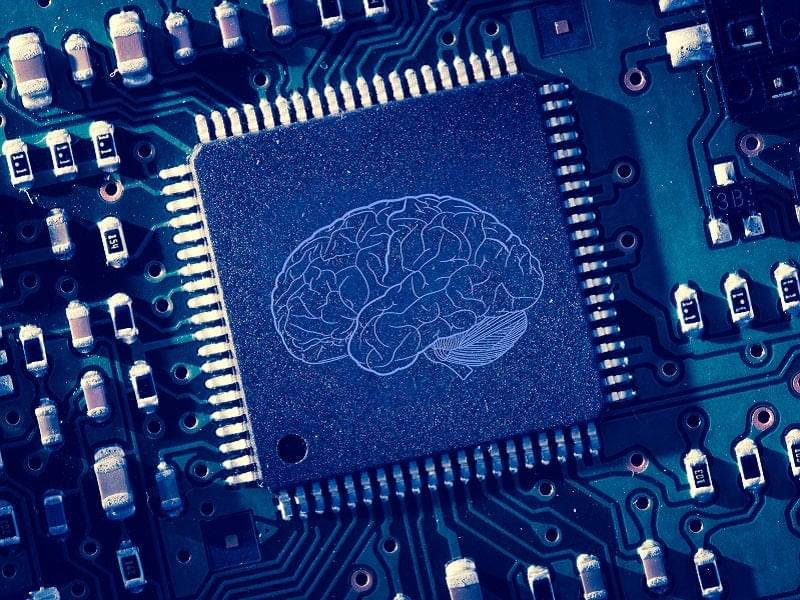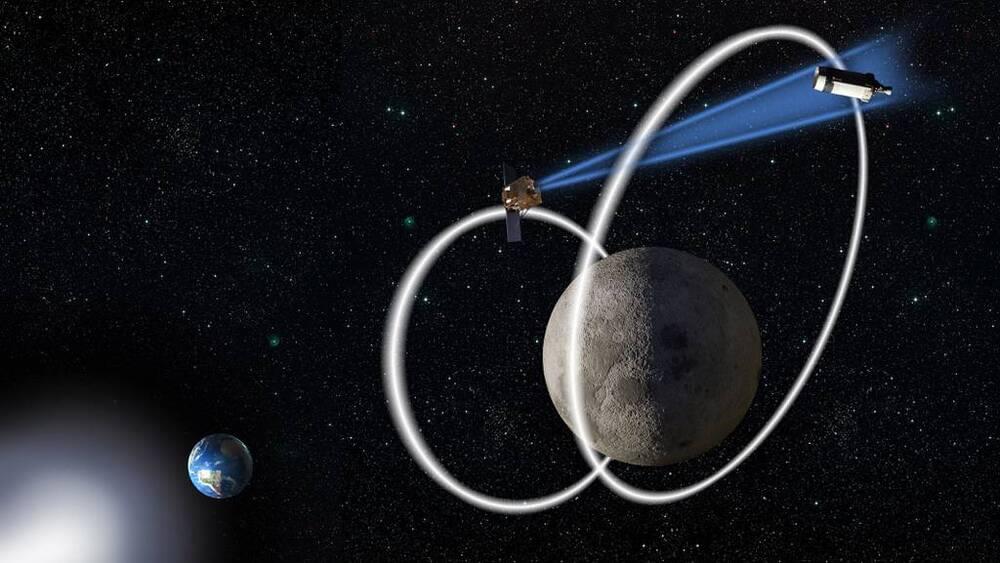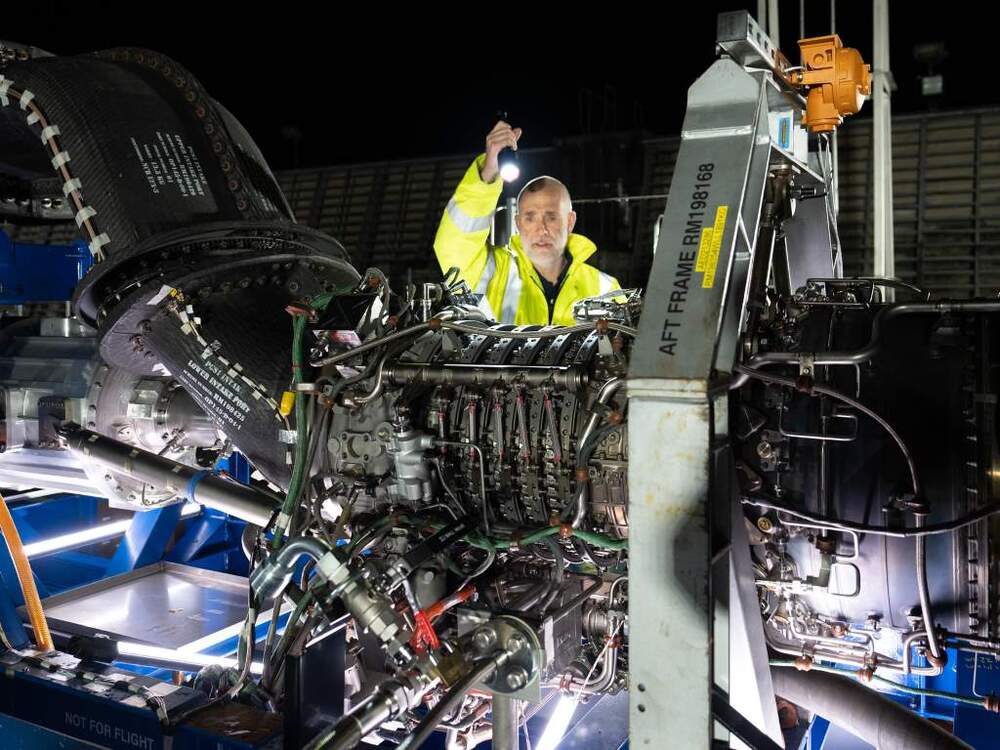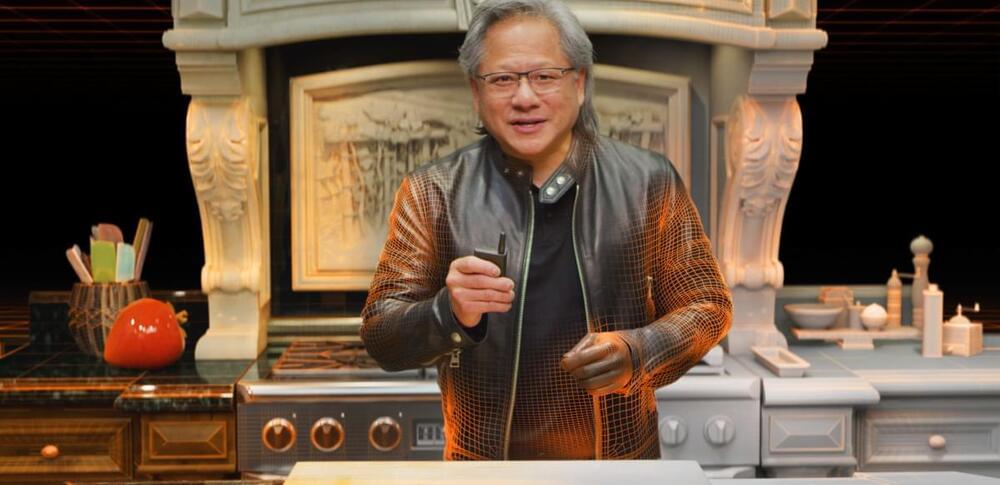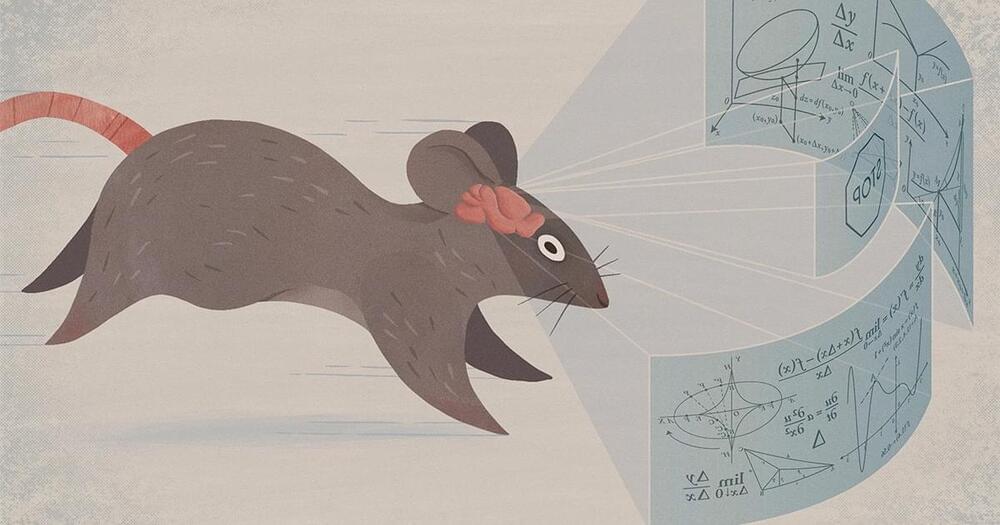Amazon is bringing its palm print-scanning biometric payment technology to several Whole Foods locations.
Biometrics: Every person has measurable physical characteristics that are unique to them — and because these attributes are unique and measurable, they can be used to verify our identity.
Biometric technologies — like the one that probably unlocks your phone — automate this verification, analyzing a face, fingerprint, or palm for distinct identifiers linked to a specific person.

